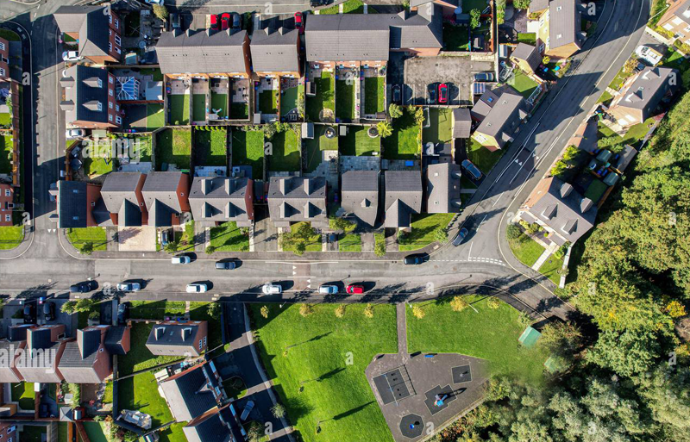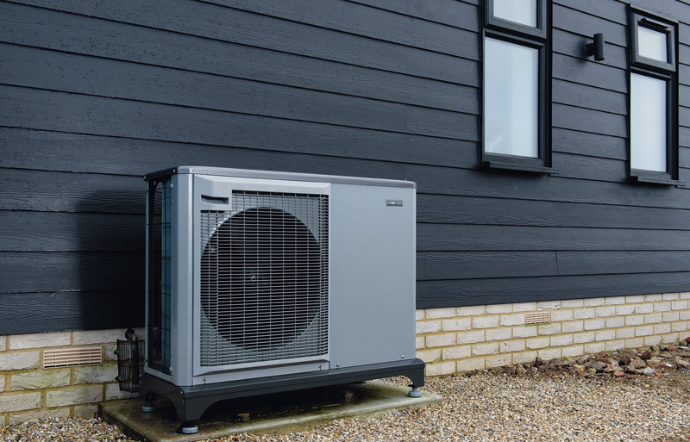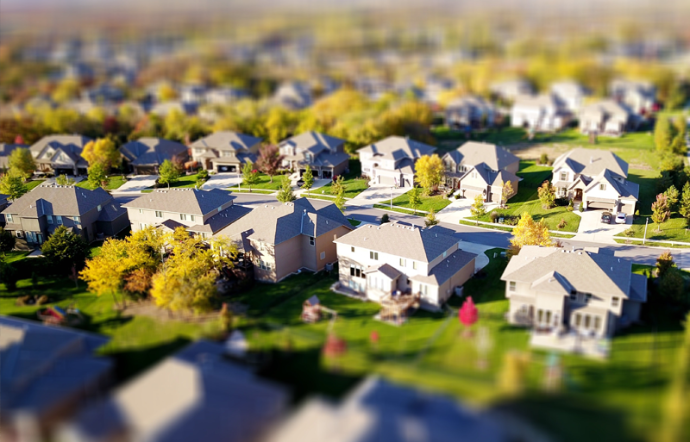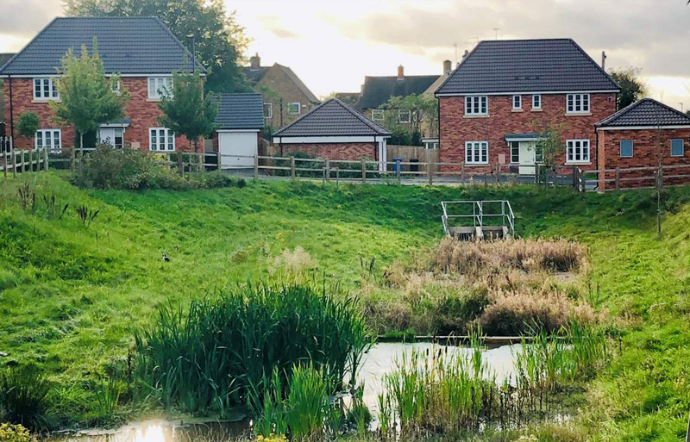Sustainable Housing & Retrofitting
The way homes and buildings are designed, built, and maintained has a major impact on carbon emissions, energy efficiency, and climate resilience. Parish and town councils can play an essential role in supporting sustainable housing initiatives, ensuring new developments are environmentally responsible, and helping communities retrofit existing buildings to improve energy efficiency and reduce fuel poverty.

Encouragine Climate-Resilient Housing Design & retrofitting
New housing developments should be designed to minimise carbon emissions, conserve resources, and adapt to climate risks such as flooding and heatwaves. Councils can influence development by supporting sustainable design principles in planning applications and ensuring that new housing integrates climate resilience from the outset.
Actions for Councils:
-
Advocate for net-zero carbon homes that use renewable energy and energy-efficient materials.
-
Work with developers to prioritise low-carbon construction methods and sustainable building materials such as timber, hempcrete, and recycled insulation.
-
Ensure new developments include tree planting, green spaces, and rainwater harvesting to reduce climate impacts.
-
Promote the Passivhaus standard, which requires homes to be ultra-energy efficient and low-maintenance.
-
Support modular and prefabricated housing that reduces construction waste and improves energy efficiency.
-
Ensure new developments are accessible by public transport and cycling infrastructure to reduce car dependency.
Useful links:
-
UK Green Building Council – Net-Zero Homes
-
Passivhaus Trust – Energy-Efficient Building Standards
-
Centre for Alternative Technology – Sustainable Construction

Retrofitting Existing Buildings for Energy Efficiency
Older buildings often have poor insulation, inefficient heating systems, and high energy use, making them a key priority for reducing emissions and tackling fuel poverty. Retrofitting involves upgrading homes and community buildings with better insulation, renewable energy systems, and modern heating solutions to reduce carbon footprints and lower energy bills.
Actions for Councils:
-
Encourage residents to apply for home energy efficiency grants and support schemes.
-
Retrofit council-owned properties with insulation, double glazing, and heat pumps to set an example.
-
Promote solar panel installations and community renewable energy schemes.
-
Work with local tradespeople and contractors to create green jobs in retrofitting.
-
Provide training and workshops to help homeowners understand how to improve energy efficiency.
-
Support landlords in upgrading rented properties to meet minimum energy efficiency standards (MEES).
Useful Links:
Funding and Support:
-
Salix Finance – Public Sector Energy Efficiency Loans
-
Energy Saving Trust – Home Retrofit Advice

Embedding Climate and Nature Considerations into Neighbourhood Development Plans
Neighbourhood Development Plans (NDPs) allow communities to shape future development and can be used to set sustainability priorities, ensuring that climate resilience, biodiversity, and energy efficiency are at the heart of local planning.
Actions for Councils:
-
Update Neighbourhood Plans to include requirements for energy-efficient housing and biodiversity net gain.
-
Encourage developers to include solar panels, EV charging points, and high-efficiency insulation in all new builds.
-
Require green spaces, tree planting, and community orchards in development proposals.
-
Support co-housing and community-led housing initiatives that encourage low-impact living.
-
Prioritise brownfield site development over greenfield expansion to protect natural landscapes.
Useful links:
-
Centre for Sustainable Energy – Climate Emergency and Neighbourhood Planning
-
Locality UK – Neighbourhood Planning Support

Planning Policies that Support Green Infrastructure and Sustainable Drainage Systems (SuDS)
Green infrastructure reduces flood risks, improves air and water quality, and enhances biodiversity. Councils can ensure planning policies prioritise green infrastructure in new developments and support SuDS to prevent flooding.
Actions for Councils:
-
Require green roofs, rain gardens, and permeable paving in planning applications.
-
Ensure developments include sustainable drainage systems (SuDS) to prevent surface water flooding.
-
Protect hedgerows, wetlands, and riverbanks as part of planning conditions.
-
Work with local water authorities to improve flood resilience in high-risk areas.
-
Encourage wildlife-friendly gardens and verges, banning artificial grass and promoting wildflower planting.
Useful links:
-
CIRIA – SuDS Guidance and Resources
-
Town and Country Planning Association – Green Infrastructure Planning
-
The Woodland Trust – Trees in Planning and Development

Cononley Parish Council
Colonley Parish Council launched an initiative to promote water conservation by providing free water butts and piping to residents. Additionally, they installed water-saving taps in council buildings to reduce water consumption and encourage sustainable water management practices. Read more

Gouldhurst Parish Council
Gouldhurst’s Neighbourhood Plan integrates sustainability considerations into local development, ensuring that new homes and building conversions support energy efficiency and low-carbon living. The plan also promotes live/work spaces to reduce commuting and enhance community sustainability. Read more

Lawrence Weston, Bristol
The Lawrence Weston community in Bristol launched a wind power project to reduce local energy costs and promote sustainability. The community-led initiative aims to generate enough low-carbon electricity to power 3,500 homes. The windmill is expected to be operational within the next few years, serving as an example of community-led renewable energy solutions. Read more